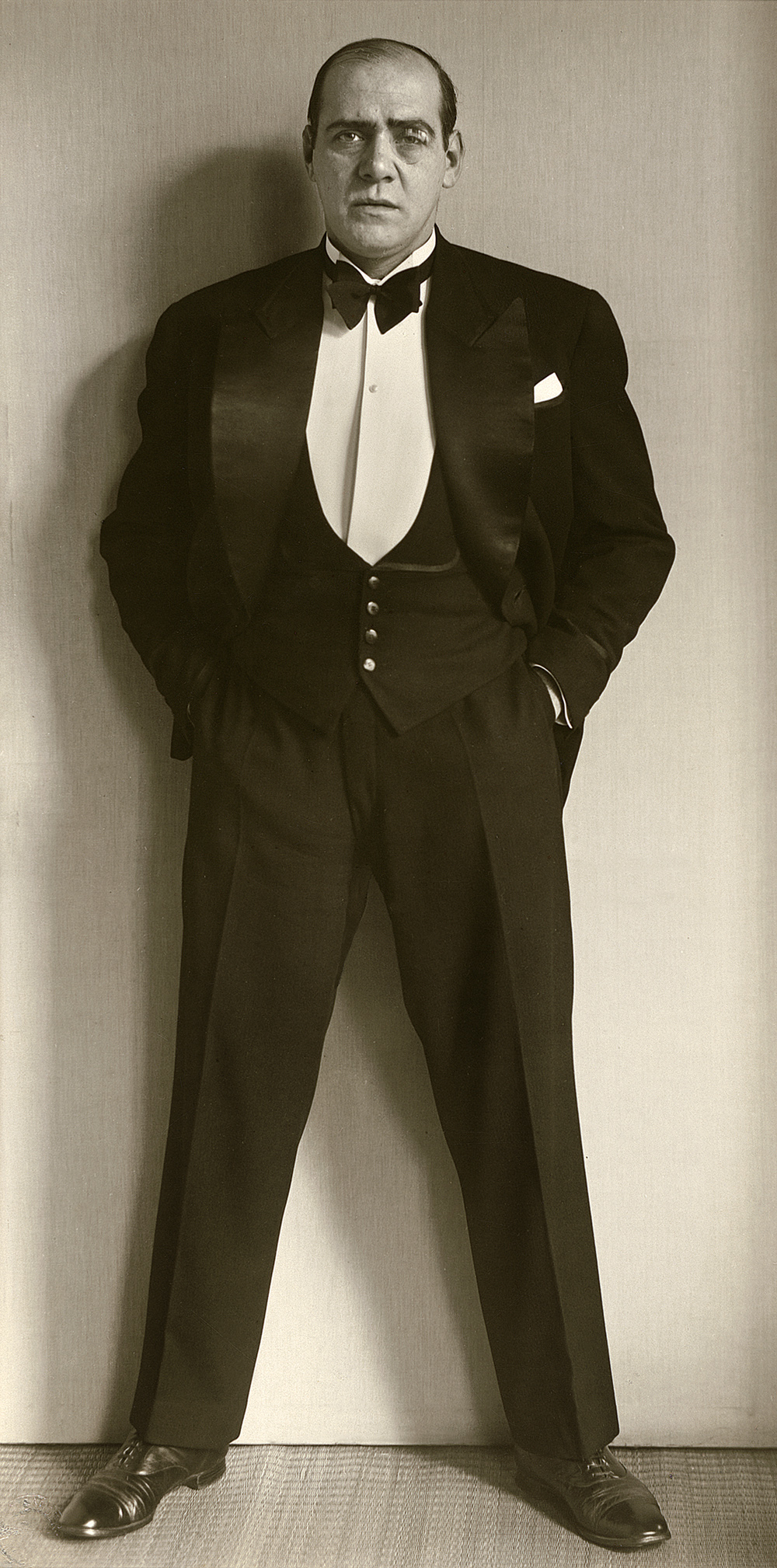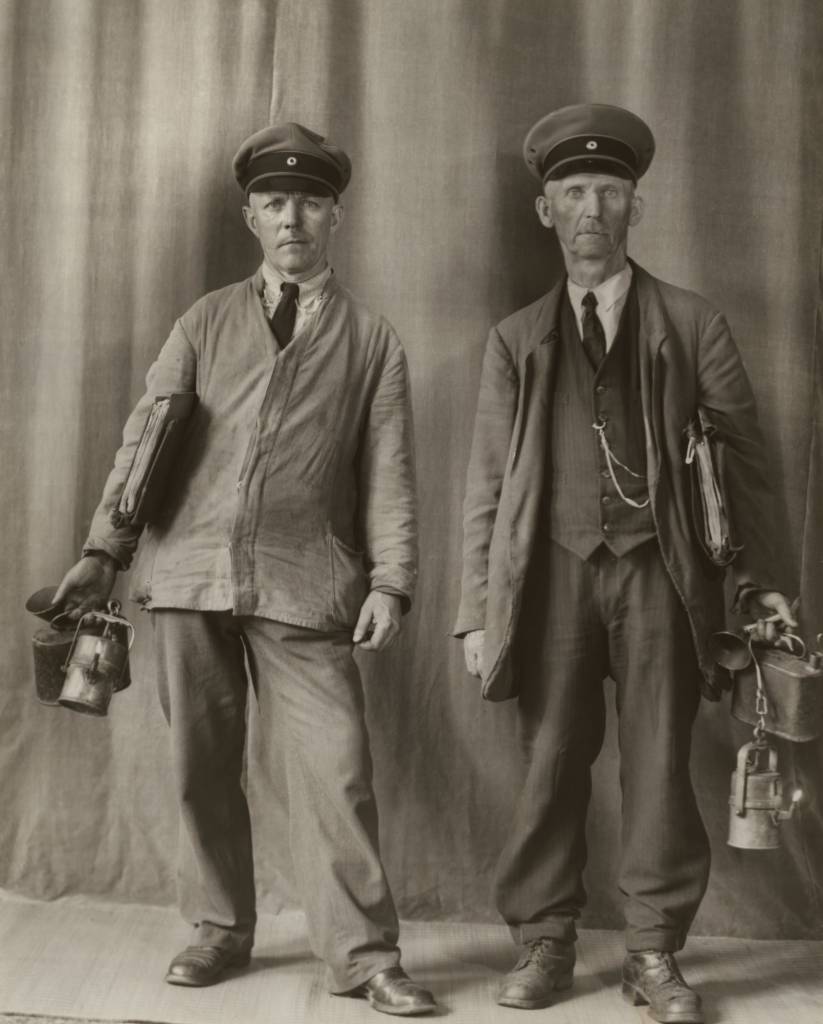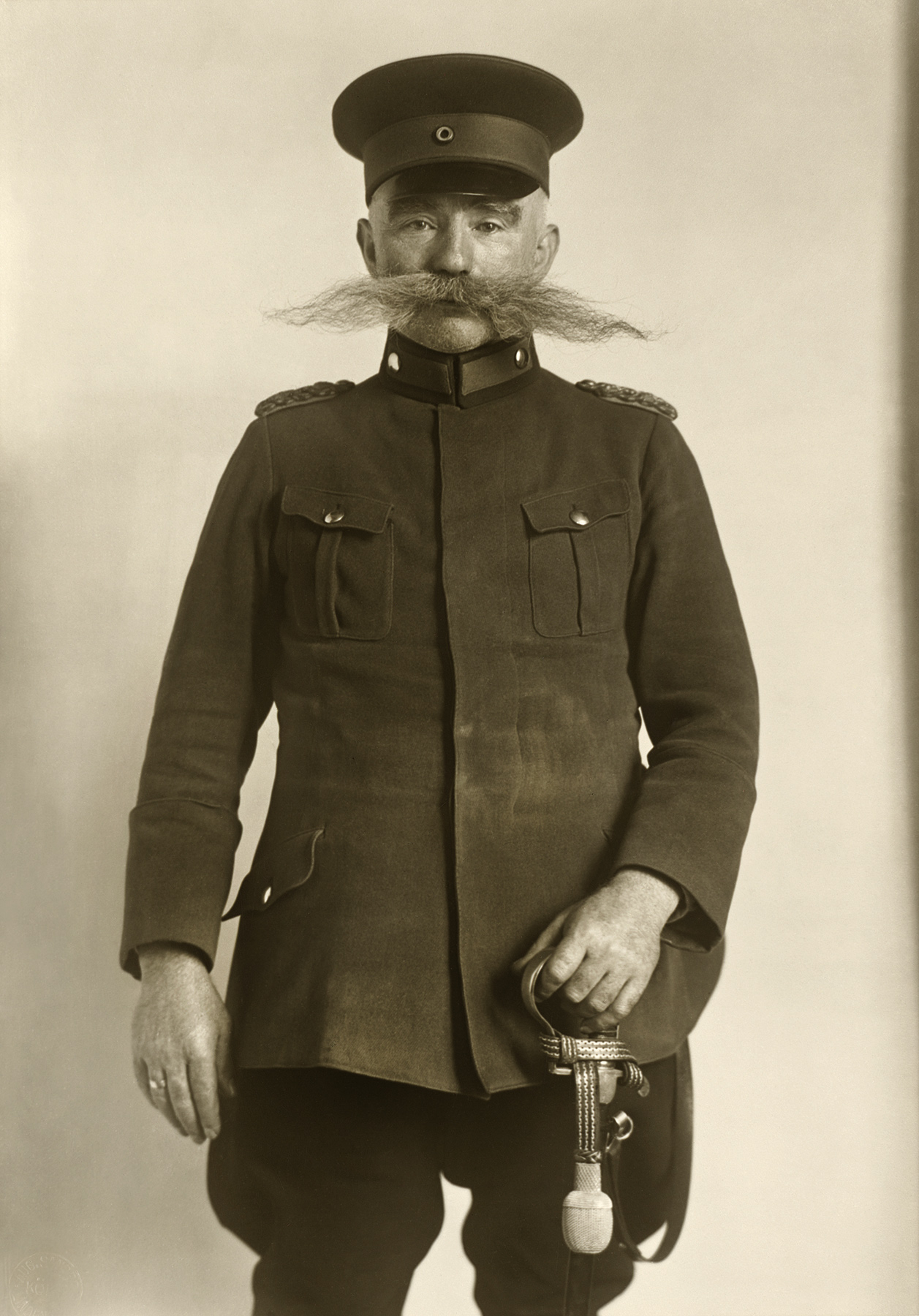‘The portrait is your mirror. It’s you’. – August Sander
In the early 1920s Sander began People of the 20th Century – one of the most ambitious undertakings in the history of photography, the project occupied Sander for some 40 years, from the early 1920s until his death, during which he took portraits of hundreds of German citizens and then categorised them by social type and occupation — from farm labourers to circus performers to prosperous businessmen and aristocrats. The Metropolitan Museum of Art in New York described them as:
Remarkable for their unflinching realism and deft analysis of character and lifestyle, Sander’s individual images stand out as high points of photographic portraiture and collectively propose the idea of the archive as art.
August Sander was born in 1876 in a farming and mining community east of Cologne. His father was a mine carpenter and August’s first connection with photography was at the local mine helping carry photography apparatus belonging to the mine. With money from his uncle, he bought a camera and set up his own darkroom. Later he spent his three years of military service at the very end of the 19th century as a photographer’s assistant. In 1909 he started his own photography studio in Cologne in 1909 where a decade or so later he came in contact with the Cologne Progressives a group of artists linked to the radical workers’ movement.
Under the Nazis, his work and personal life became troubling. His son Erich, a member of the left wing Socialist Workers’ Party (SAP), was arrested not long after Hitler came to power and sentenced to 10 years in prison. Ten years later he died just before he was due to be released.
Sander’s book Face of our Time (published in 1929 and which contained a selection of 60 portraits from his series People of the 20th Century) was seized in 1936 and the photographic plates destroyed. In 1942 he left his home in Cologne and moved to a rural area, allowing him to save most of his negatives. His studio was destroyed in a 1944 bombing raid but thirty thousand of Sander’s roughly forty-thousand negatives survived the war, only to perish in an accidental fire in Cologne in 1946. Sander practically ceased to work as a photographer after World War II. He died in Cologne in 1964.
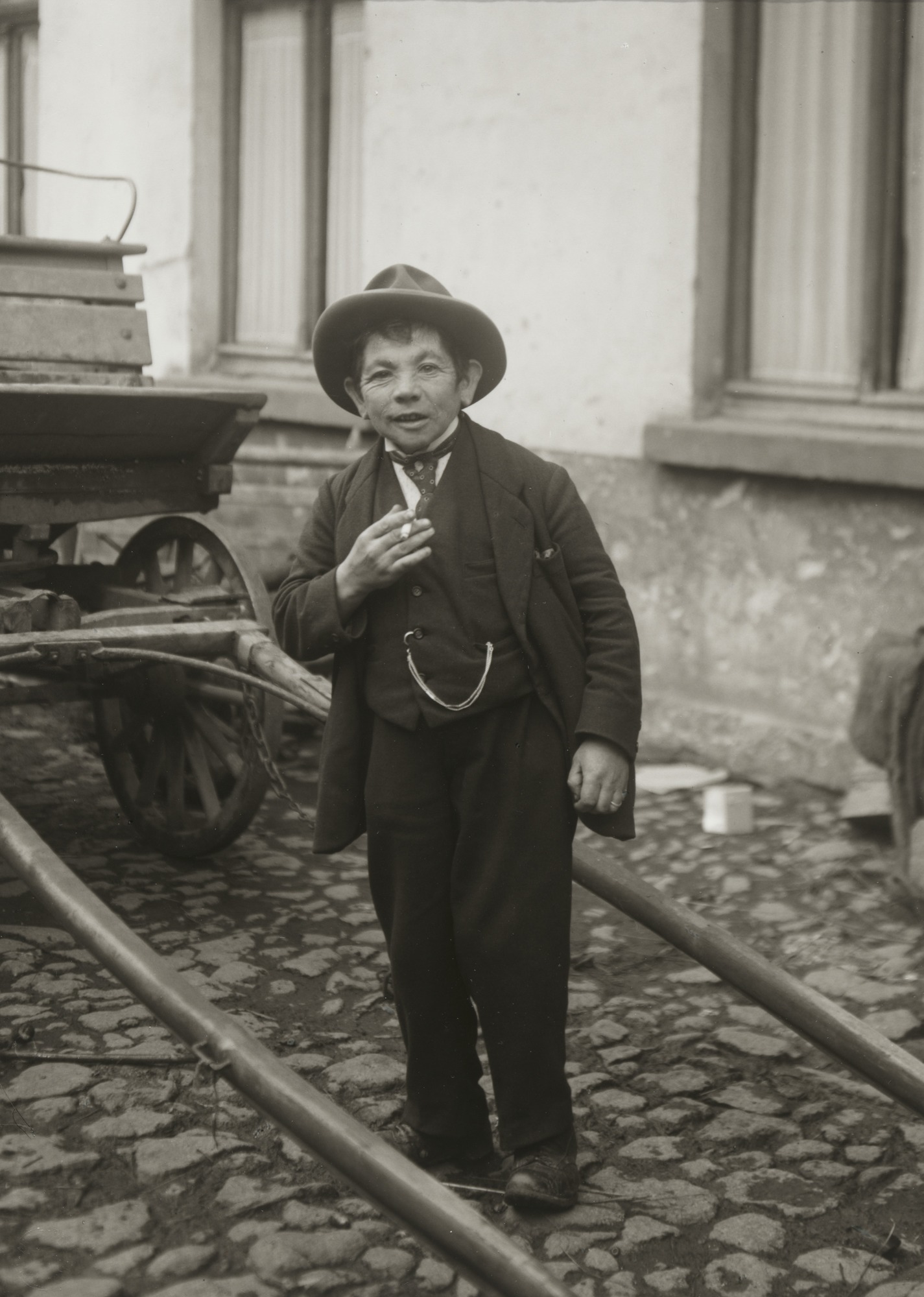
‘Cretin’ 1924
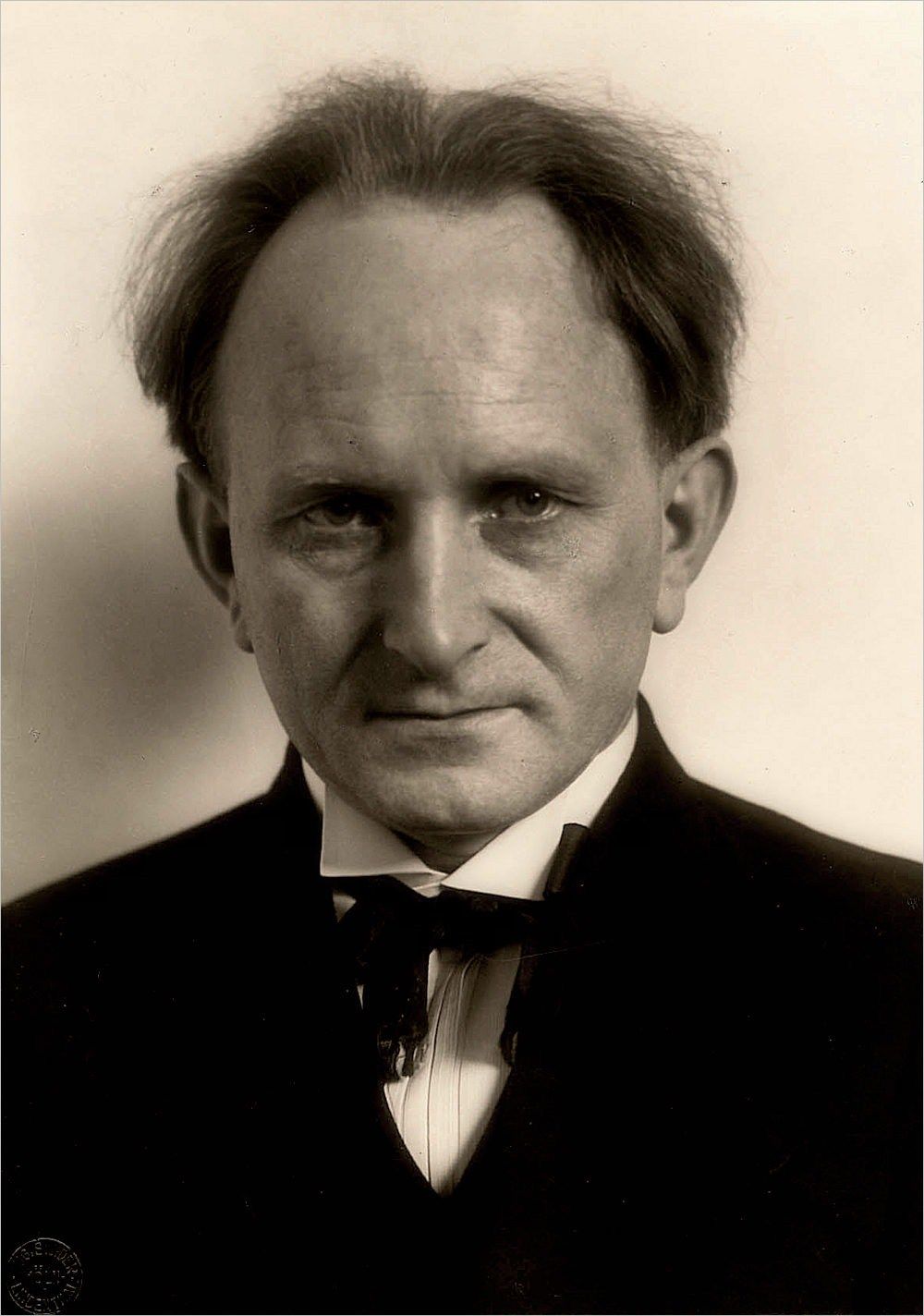
August Sander self-portrait
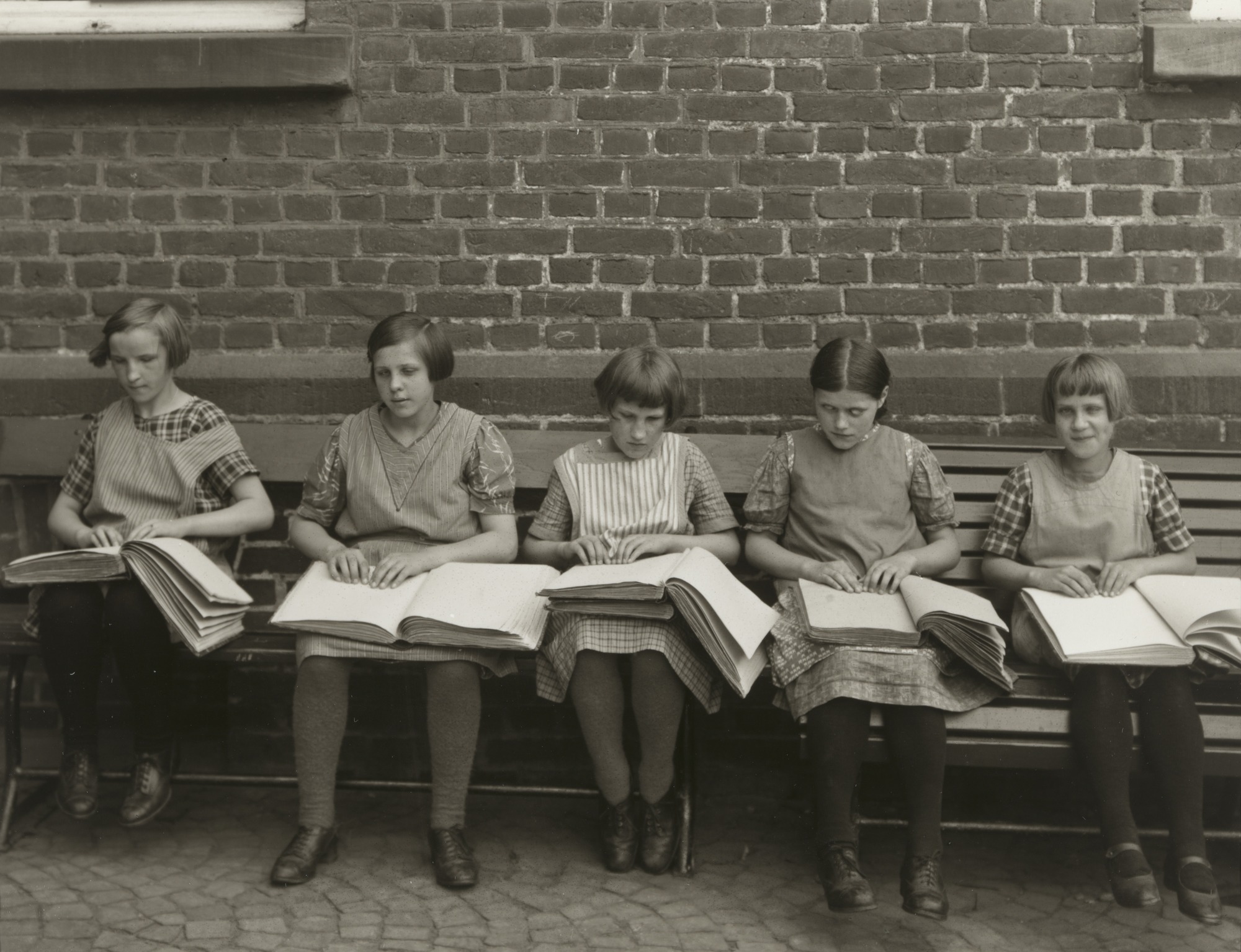
Blind Children at their Lessons c. 1930
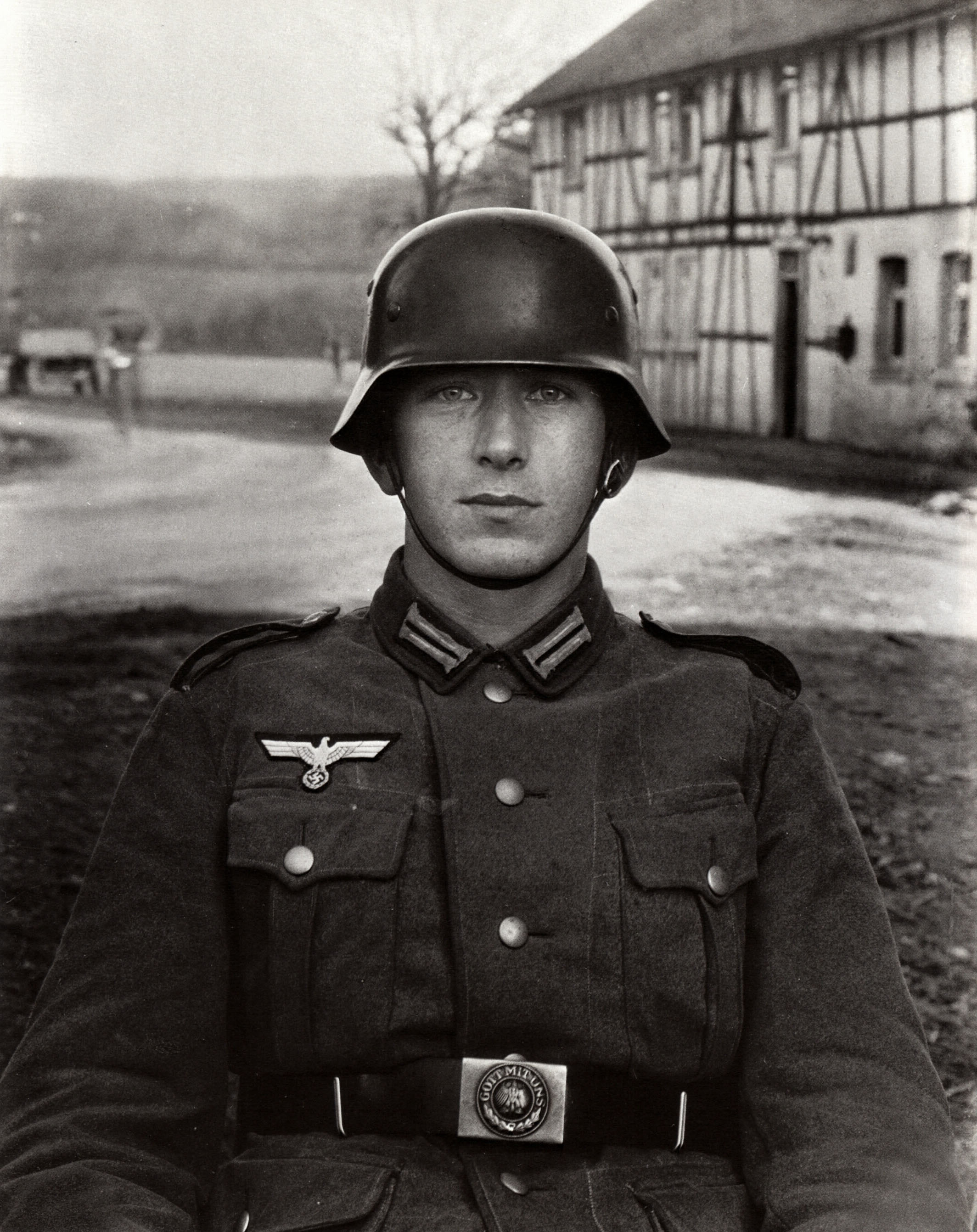
Soldier, 1940.
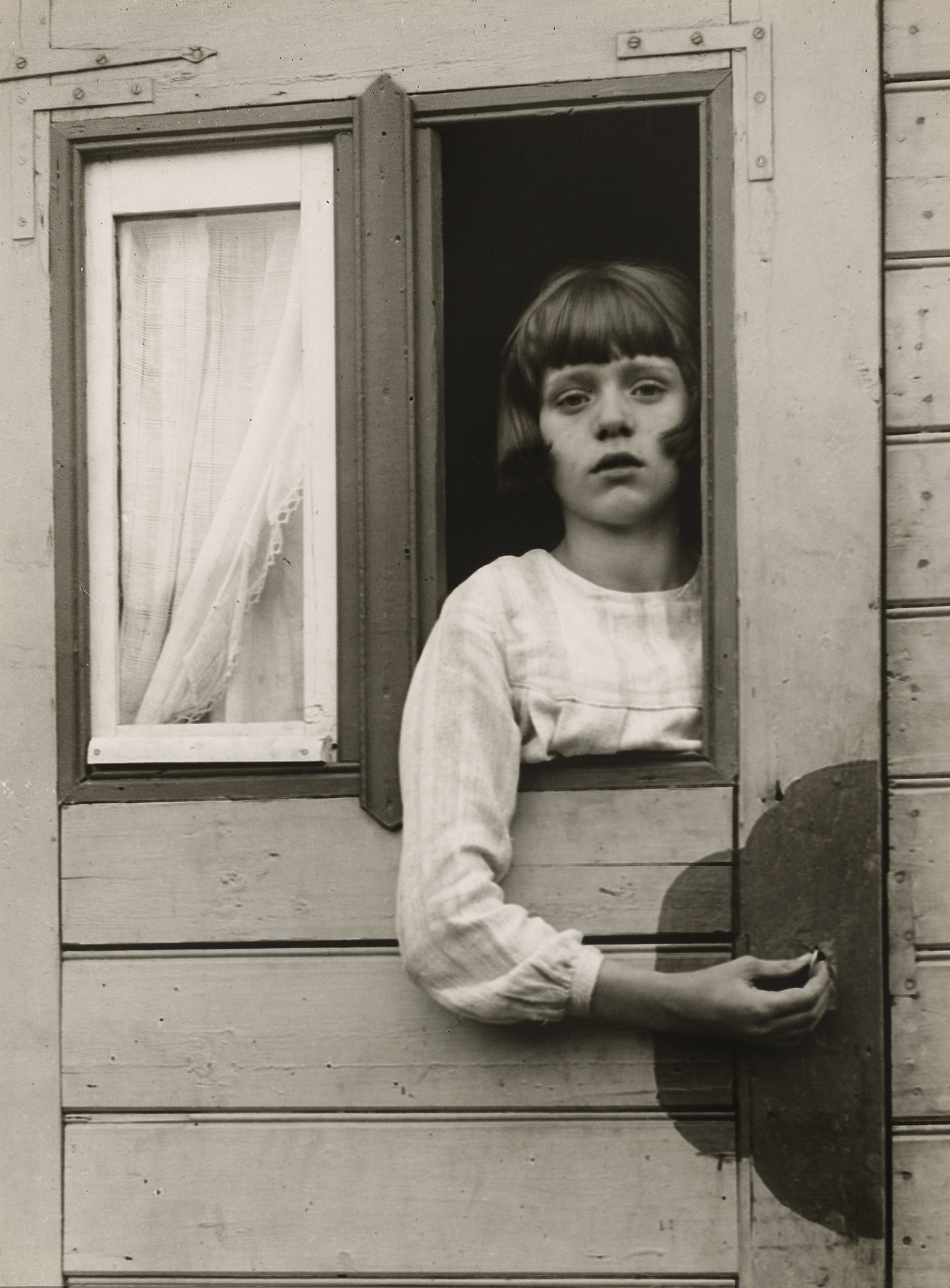
Girl in Fairground Caravan, 1926
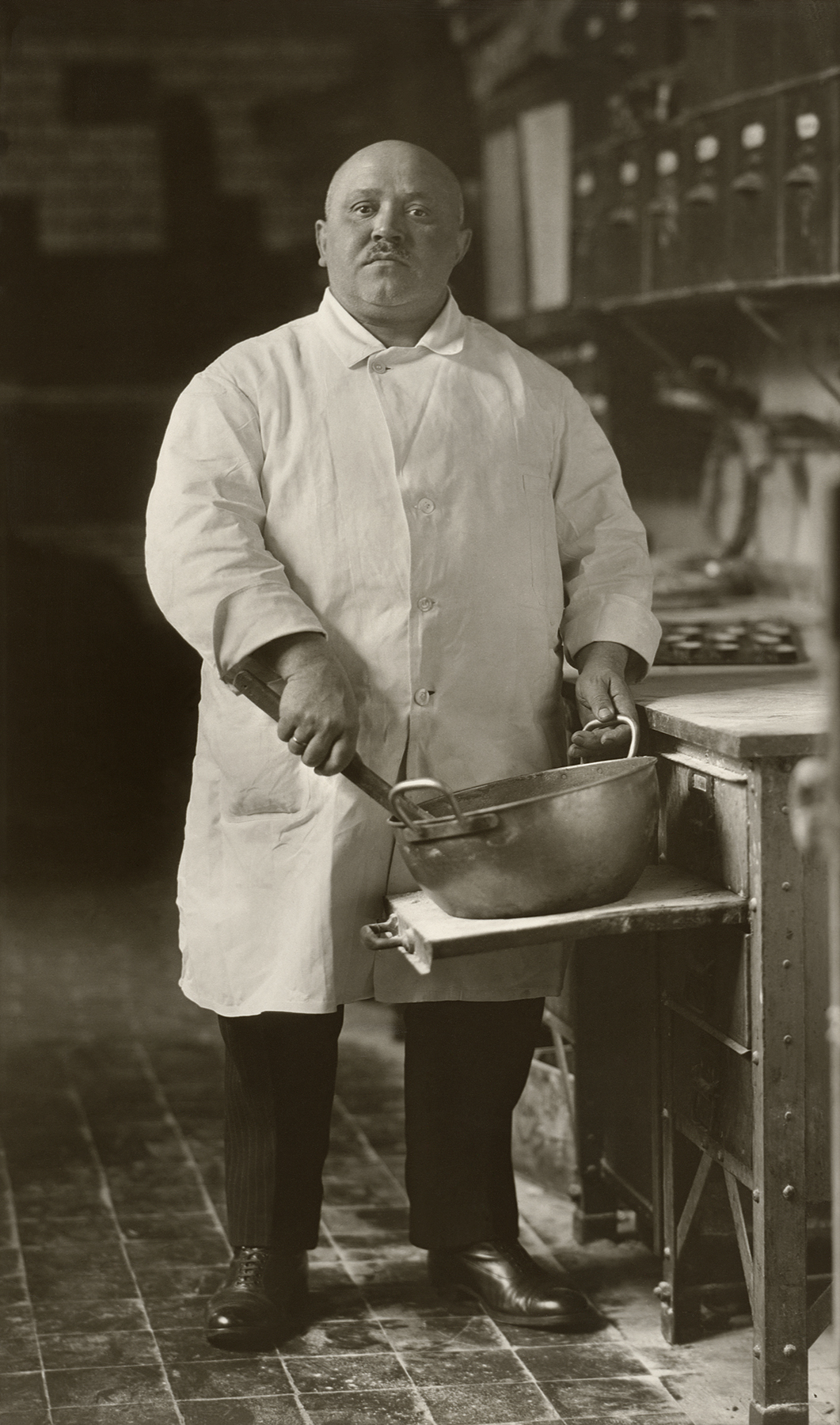
Pastry Cook, 1928
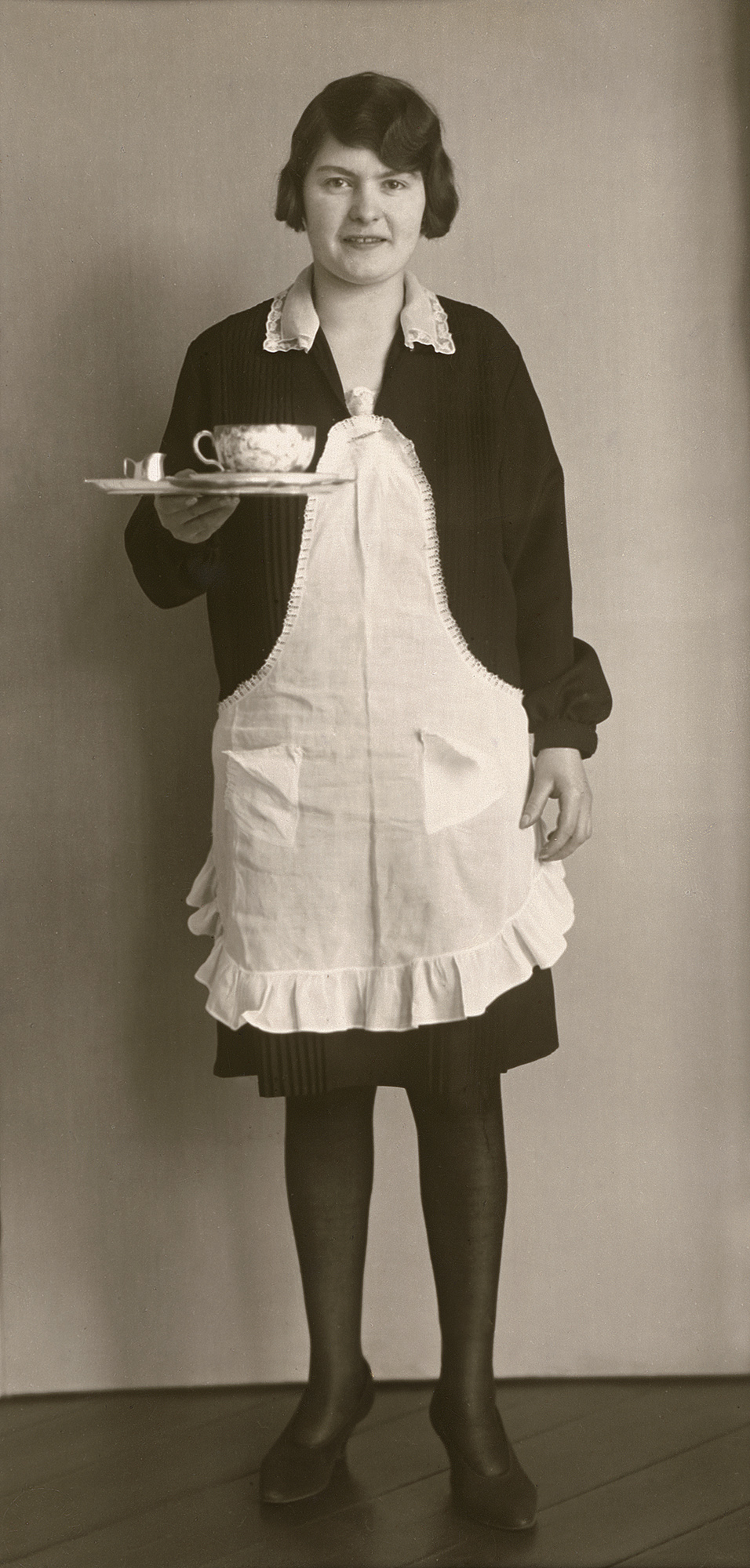
Café Waitress, 1928/29
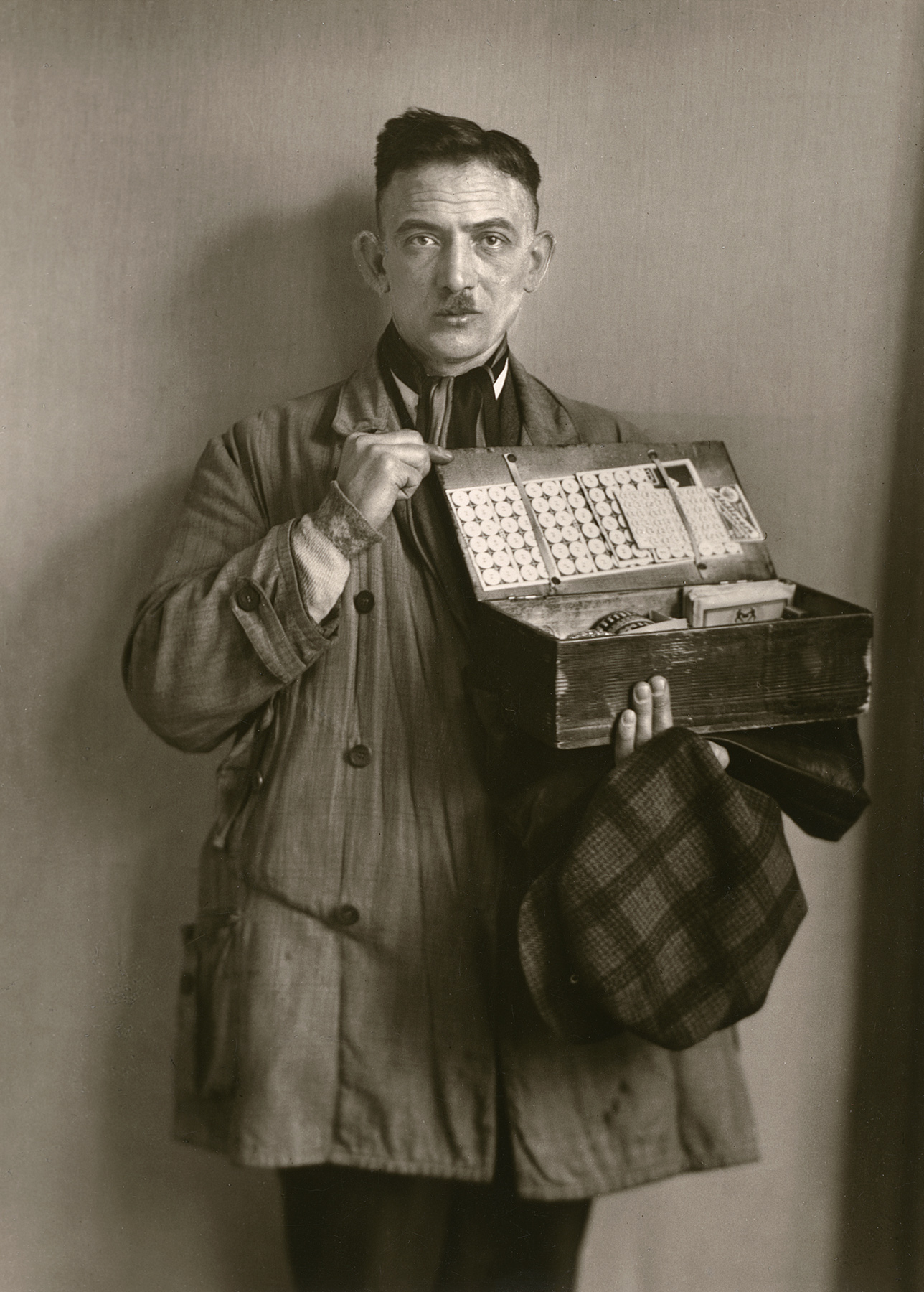
Peddler, 1930
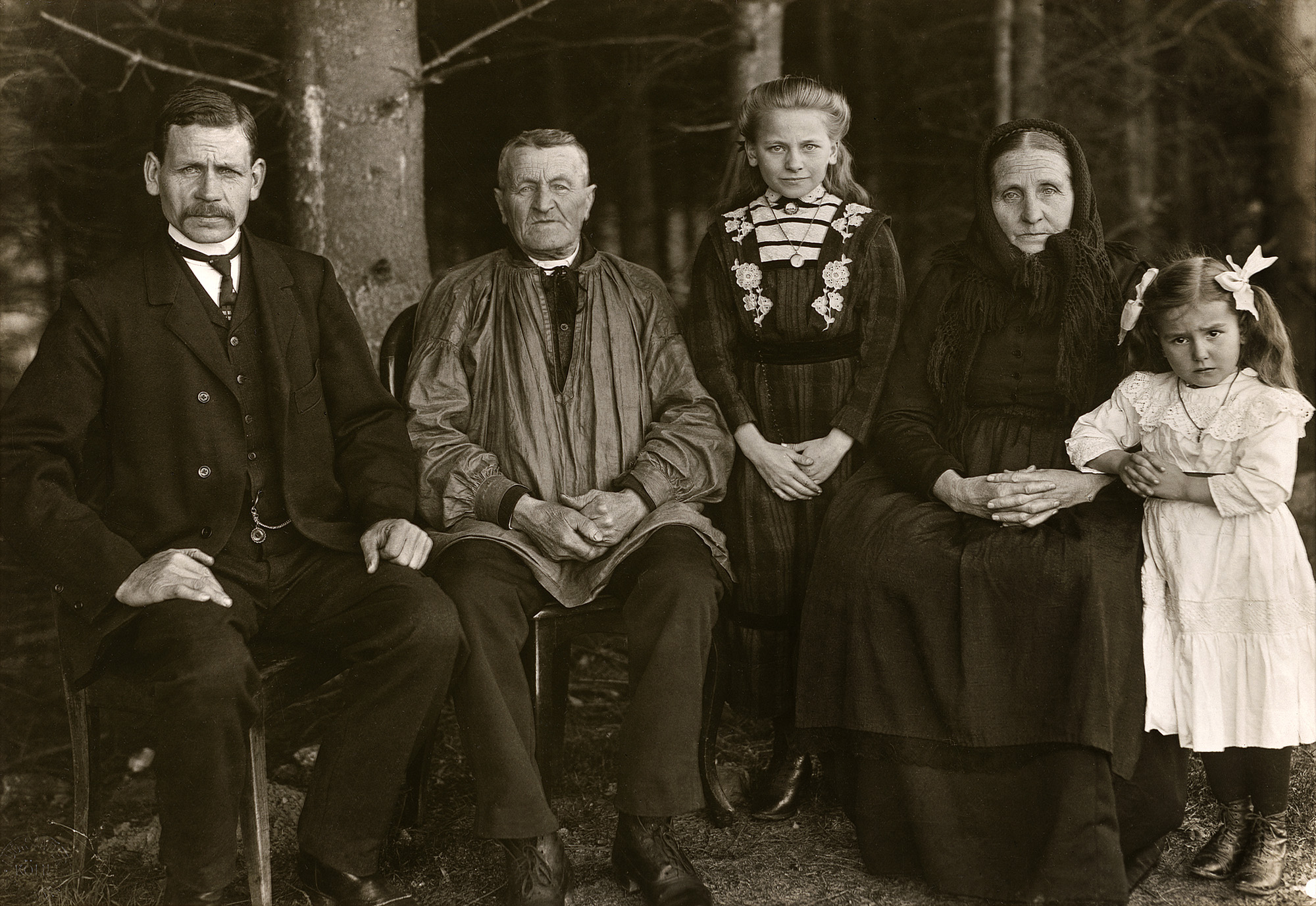
Three Generations of the Family 1912
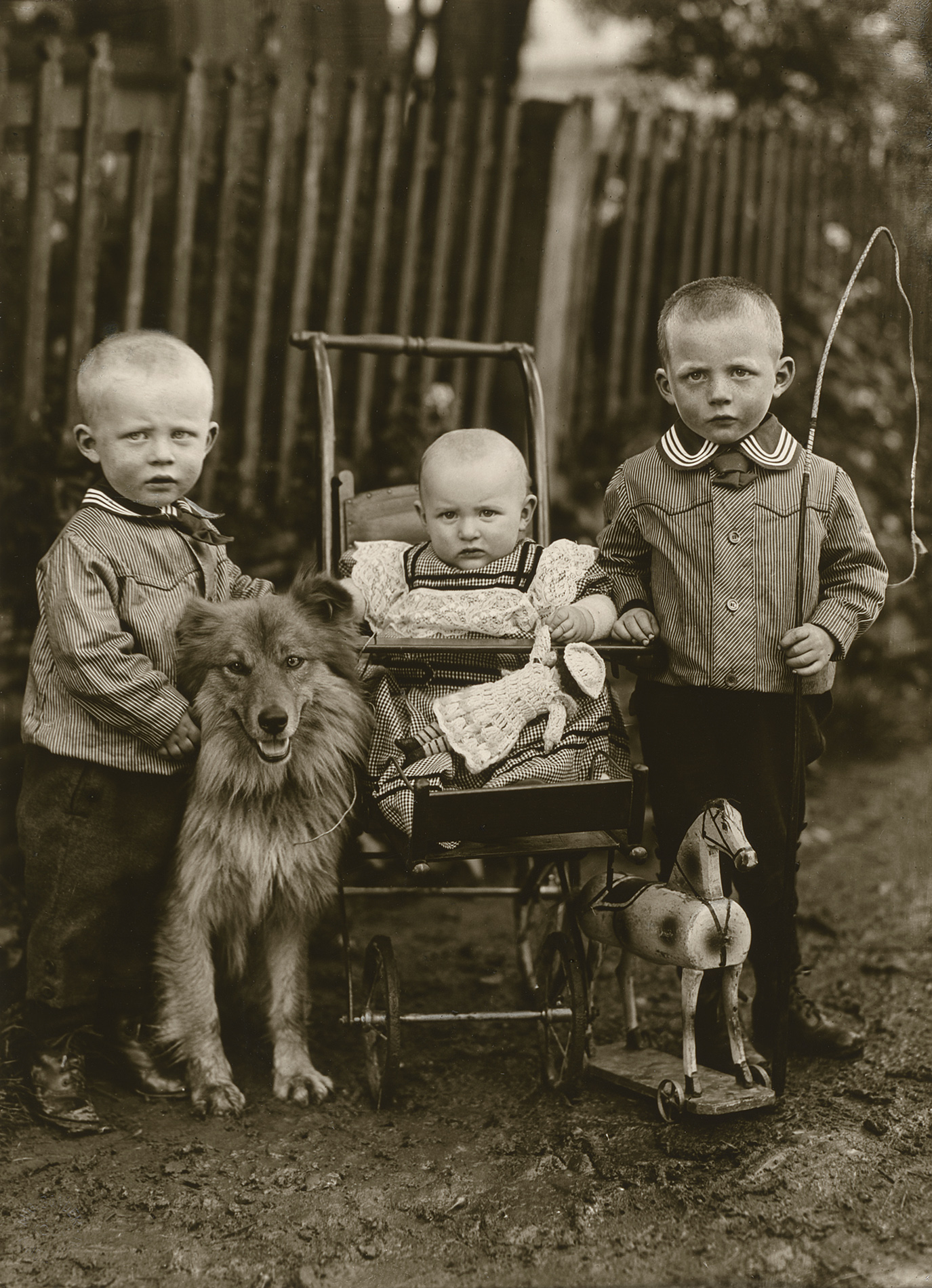
Farm Children, c. 1913
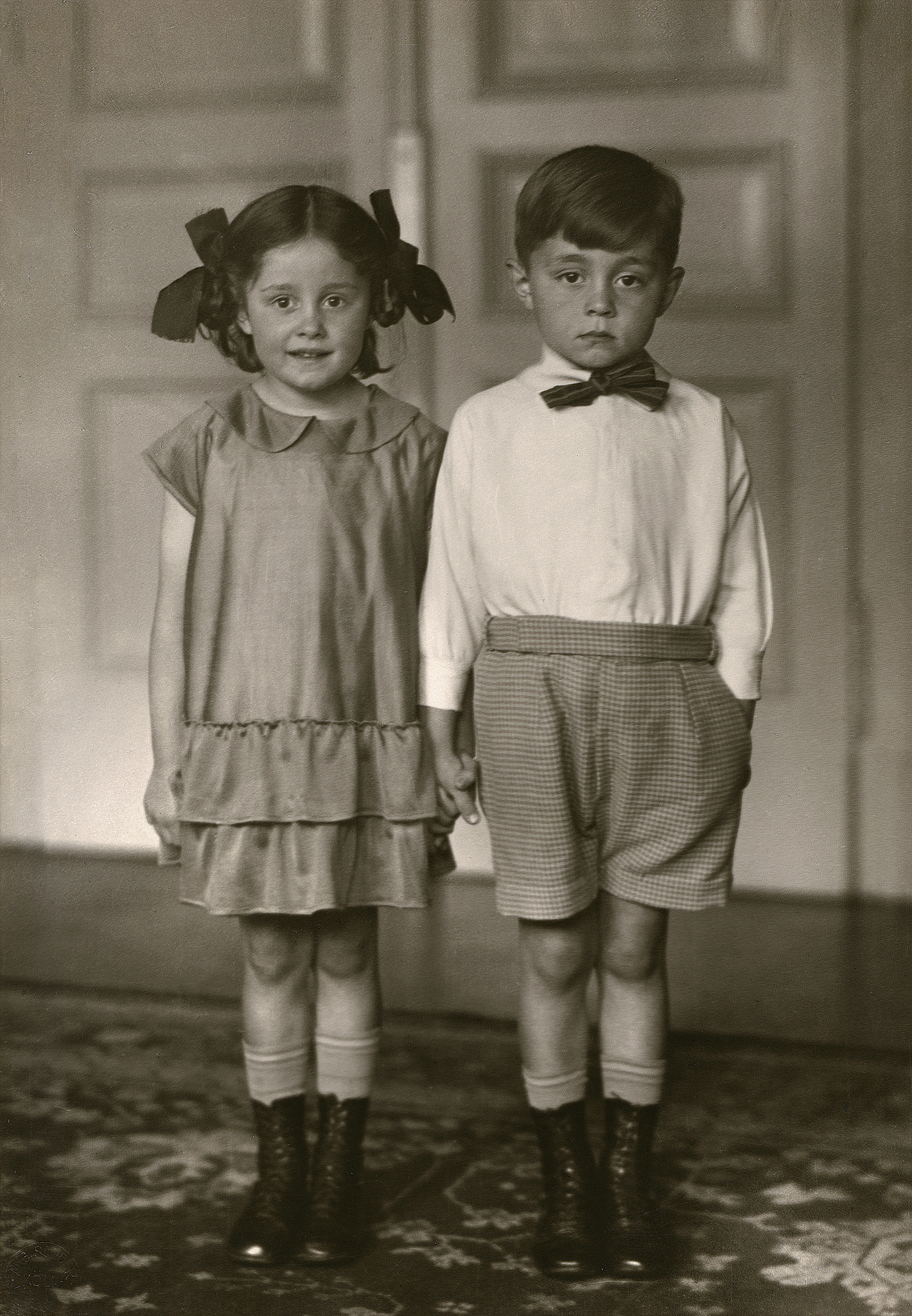
Middle-class Children, 1925
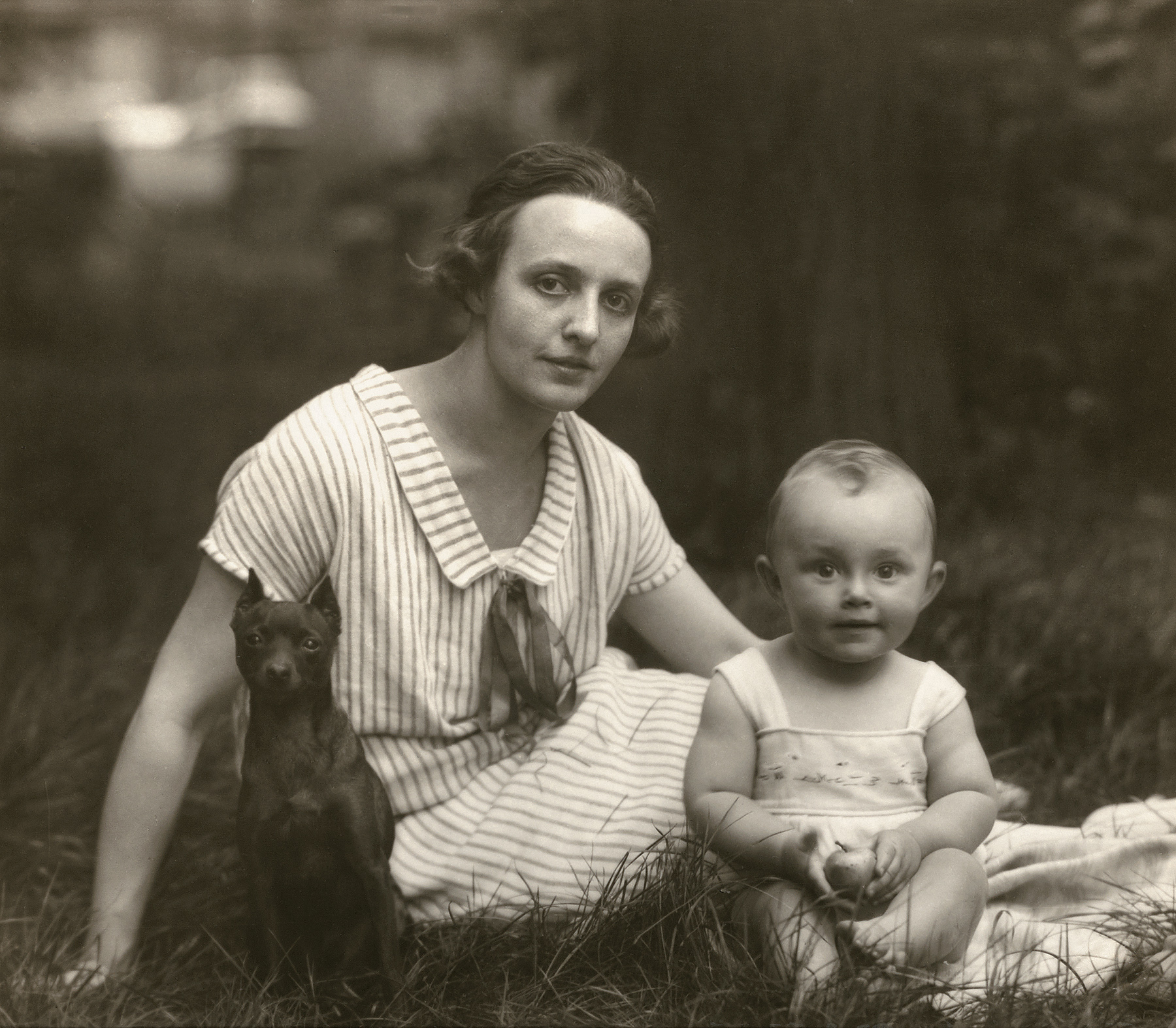
Young Mother, Middle-class, 1926

“Test your Strength” Showman 1930

Workmen in the Ruhr Region 1928
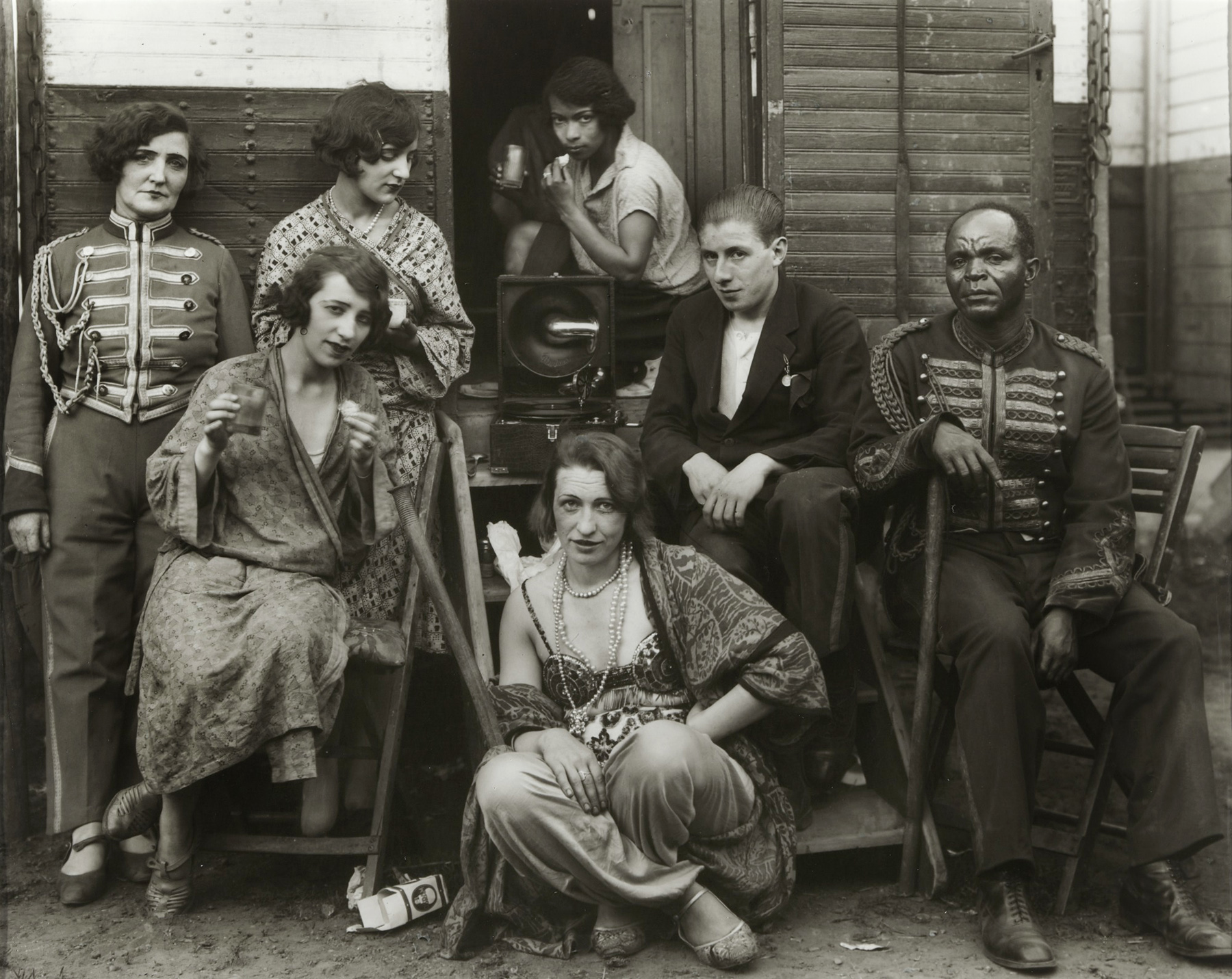
August Sander (Circus Artists) 1926-1932
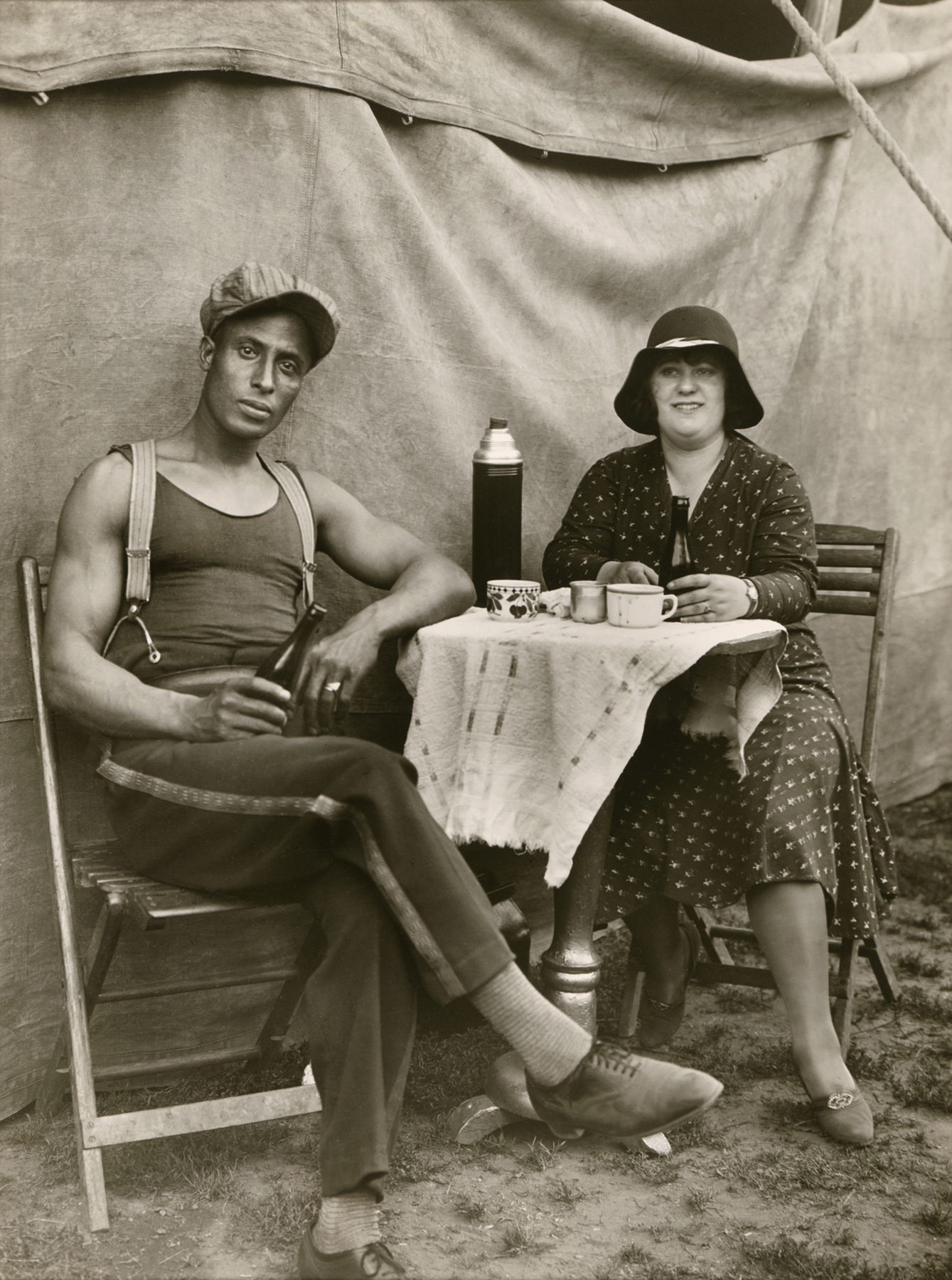
Circus Workers, 1926-1932
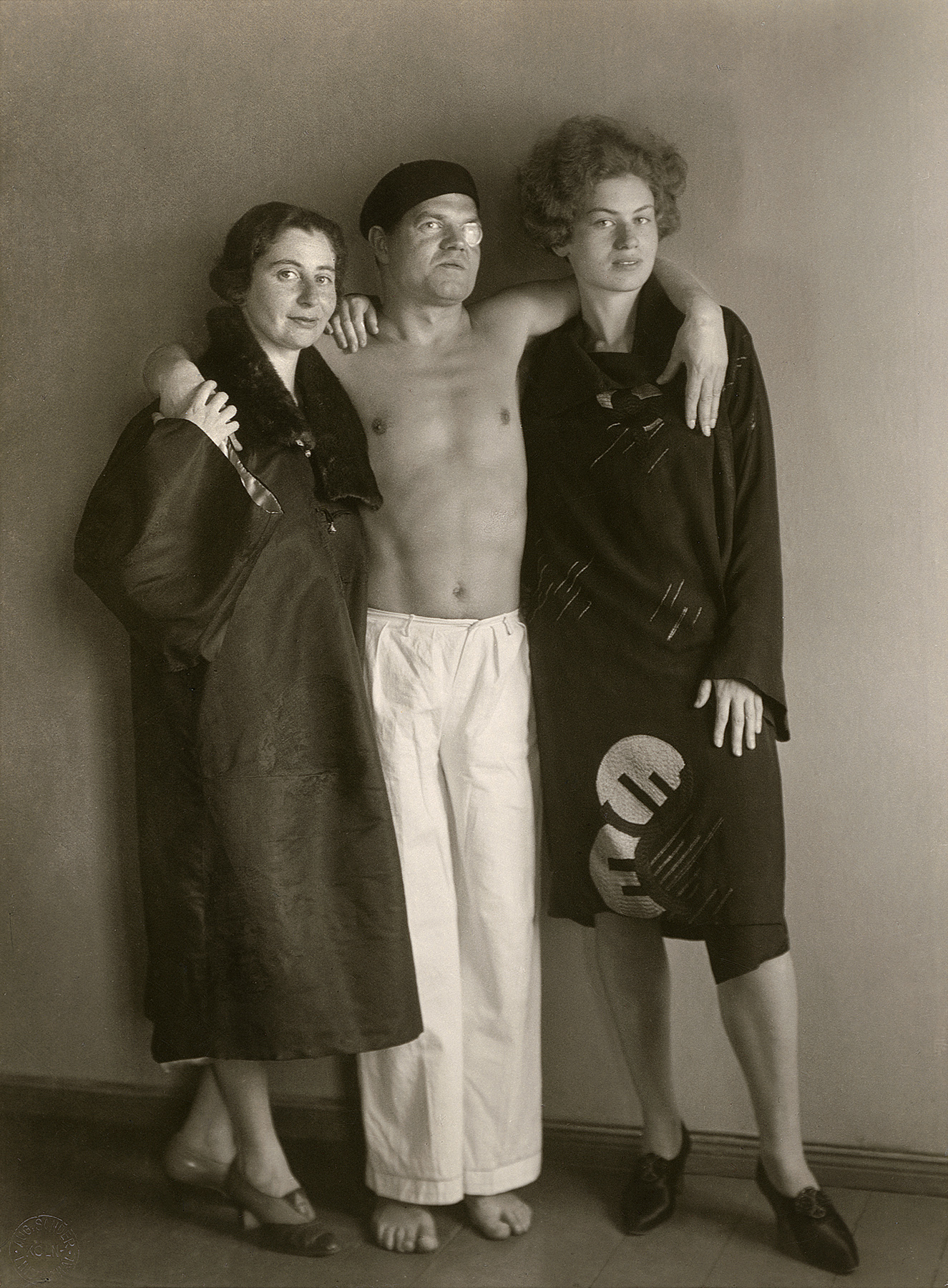
The Dadaist Raoul Hausmnn [with Hedwig Mankiewitz and Vera Broido]
Would you like to support Flashbak?
Please consider making a donation to our site. We don't want to rely on ads to bring you the best of visual culture. You can also support us by signing up to our Mailing List. And you can also follow us on Facebook, Instagram and Twitter. For great art and culture delivered to your door, visit our shop.
